CI NO 22610
- CAS NO.:2602-46-2
- Empirical Formula: C32H25N6NaO14S4
- Molecular Weight: 868.81
- MDL number: MFCD00068426
- EINECS: 220-012-1
- SAFETY DATA SHEET (SDS)
- Update Date: 2025-10-23 17:25:29
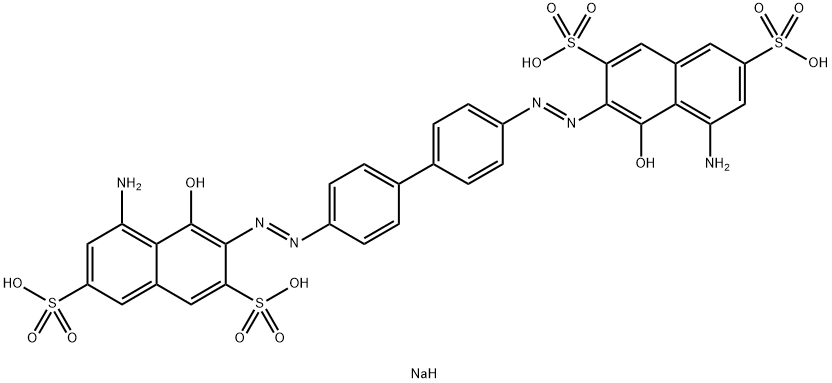
What is CI NO 22610?
Description
Direct blue 6 is a benzidine-based dyestuffsomewhat analogous to Direct black 38 (which see). It is adark blue powder. Molecular weight= 932.78; Freezing/Melting point $ 400℃. Hazard Identification (based onNFPA-704 M Rating System): Health 1, Flammability 1,Reactivity 0.
The Uses of CI NO 22610
Direct Blue 6 is a deep blue azo dye used in textiles however contributes to environmental pollution and potentially reproductive toxicity.Environmental toxin on US EPA Toxic Release Inventory list (TRI) list.
What are the applications of Application
Direct Blue 6 is a useful blue dye for staining cellulose fibers
General Description
Dark blue microcrystals or black powder.
Air & Water Reactions
Azo dyes can be explosive when suspended in air at certain concentrations. Slightly water soluble.
Reactivity Profile
CI NO 22610 is an azo compound. Azo, diazo, azido compounds can detonate. This applies in particular to organic azides that have been sensitized by the addition of metal salts or strong acids. Toxic gases are formed by mixing materials of this class with acids, aldehydes, amides, carbamates, cyanides, inorganic fluorides, halogenated organics, isocyanates, ketones, metals, nitrides, peroxides, phenols, epoxides, acyl halides, and strong oxidizing or reducing agents. Flammable gases are formed by mixing materials in this group with alkali metals. Explosive combination can occur with strong oxidizing agents, metal salts, peroxides, and sulfides. CI NO 22610 is incompatible with strong oxidizing agents and strong acids .
Health Hazard
ACUTE/CHRONIC HAZARDS: CI NO 22610 is absorbed through the skin. When heated to decomposition it emits very toxic fumes of nitrogen oxides, sodium oxides and sulfur oxides.
Fire Hazard
Flash point data for CI NO 22610 are not available; however, CI NO 22610 is probably combustible.
Safety Profile
Confirmed carcinogen with experimental carcinogenic, neoplastigenic, and tumorigenic data. Experimental teratogenic and reproductive effects. Mutation data reported. When heated to decomposition it emits very toxic fumes of NOx Na2O, and SOx
Potential Exposure
Mutagen; Human Data. Direct Blue 6may be used by artists. It is potentially used to dye fabric,leather, cotton, cellulosic materials, and paper; these arethen used in consumer products (CPSC, EPA). The FDAhas indicated that although Direct Blue 6 has been identified in the literature as a hair dye component, it is not presently used by the cosmetic industry. The primary source forexposure to Direct Blue 6 is at the production site. The initial production step is in a closed system. However, otherproduction operations, such as filter press, drying, andblending, may be performed in the open and, therefore, mayafford a greater potential for worker exposure. The generalpopulation may be exposed to Direct Blue 6 through the useof retail packaged dyes containing this benzidine-based dye.
First aid
If this chemical gets into the eyes, remove anycontact lenses at once and irrigate immediately for at least15 min, occasionally lifting upper and lower lids. Seekmedical attention immediately. If this chemical contactsthe skin, remove contaminated clothing and wash immediately with soap and water. Seek medical attention immediately. If this chemical has been inhaled, remove fromexposure, begin rescue breathing (using universal precautions, including resuscitation mask) if breathing hasstopped and CPR if heart action has stopped. Transferpromptly to a medical facility. When this chemical hasbeen swallowed, get medical attention. Give large quantities of water and induce vomiting. Do not make an unconscious person vomit
Storage
Color Code—Blue: Health Hazard/Poison: Storein a secure poison location. Prior to working with directblue 6 you should be trained on its proper handling andstorage. Store in tightly closed containers in a cool, wellventilated area. A regulated, marked area should be established where this chemical is handled, used, or stored incompliance with OSHA Standard 1910.1045.
Shipping
Dyes, solid, toxic, n.o.s. require a label of“POISONOUS/TOXIC MATERIALS.” They fall in HazardClass 6.1.
Properties and Applications
|
Standard |
Acid Resistance |
Alkali Resistance |
Light Fastness |
Soaping |
Water |
||
|
Fading |
Stain |
Fading |
Stain |
||||
|
ISO |
4-5 |
3 |
1-2 |
1-2 |
1 |
||
|
AATCC |
5 |
2 |
1 |
1-2 |
1 |
||
Properties of CI NO 22610
| storage temp. | Refrigerator |
| solubility | Methanol (Slightly), Water (Slightly) |
| form | Solid |
| Colour Index | 22610 |
| color | Very Dark Blue to Black |
| EPA Substance Registry System | C.I. Direct Blue 6 (2602-46-2) |
Safety information for CI NO 22610
| Signal word | Danger |
| Pictogram(s) |
 Health Hazard GHS08 |
| GHS Hazard Statements |
H350:Carcinogenicity H361:Reproductive toxicity |
| Precautionary Statement Codes |
P201:Obtain special instructions before use. P202:Do not handle until all safety precautions have been read and understood. P280:Wear protective gloves/protective clothing/eye protection/face protection. P308+P313:IF exposed or concerned: Get medical advice/attention. P405:Store locked up. P501:Dispose of contents/container to..… |
Computed Descriptors for CI NO 22610
CI NO 22610 manufacturer
New Products
4,4-Difluoropiperidine hydrochloride tert-butyl 9-methoxy-3-azaspiro[5.5]undecane-3-carboxylate Indole Methyl Resin N-Isopropylurea N,N-Dicyclohexylcarbodiimide(DCC) MELDRUMS ACID 5-METHYLISOXAZOLE-4-CARBOXYLIC ACID Magnessium Bis glycinate Zinc ascorbate 1-bromo-2-butyne 2-acetamidophenol 9(10H)-anthracenone Erythrosin B, 4-Piperidinopiperidine 2-((4-morpholinophenylamino) (methylthio) methylene) malononitrile 2,4-dihydroxybenzaldehyde 3-(4-morpholinophenylamino)-5-amino-1H-pyrazole-4-carbonitrile Methyl 2-methylquinoline-6-carboxylate 2,6-dichloro-4-nitropyridine 4-Bromo-2-chlorobenzonitrile 2-(benzylamino)acetic acid hydrochloride 4-(tert-Butoxycarbonylamino)but- 2-ynoic acid 3,4-dihydro-2H-benzo[b][1,4]dioxepine 1-Phenyl-1-cycloprppanecarboxylicacidRelated products of tetrahydrofuran

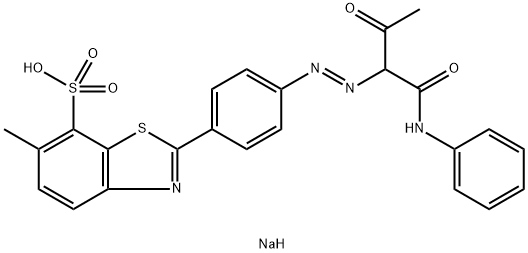
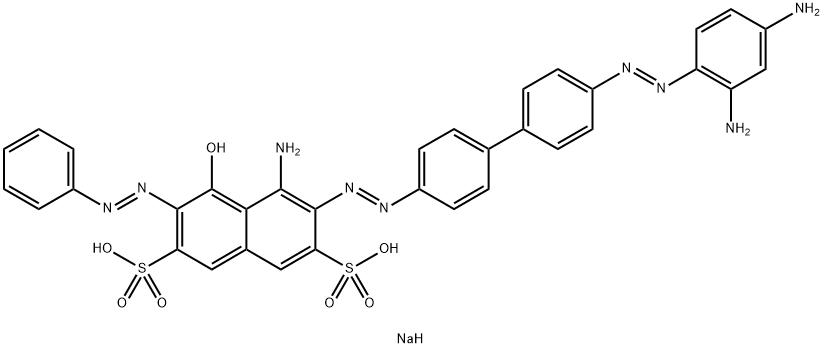
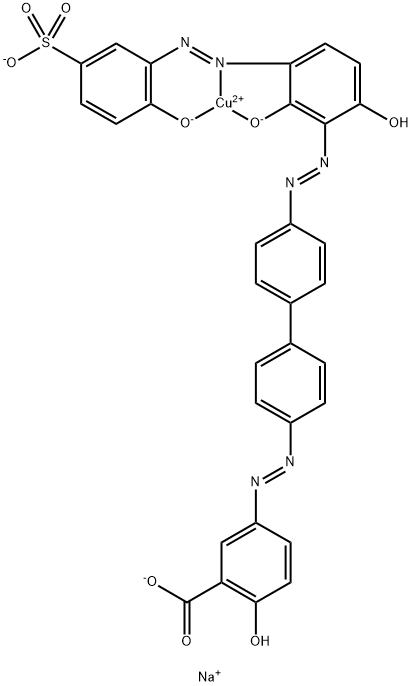
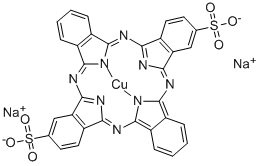
![1,6-Naphthalenedisulfonic acid, 7-[[4'-[(6-amino-1-hydroxy-3-sulfo-2-naphthalenyl)azo]-3,3'-dimethoxy[1,1'-biphenyl]-4-yl]azo]-8-hydroxy-, trisodium salt](https://img.chemicalbook.in/CAS/20200119/GIF/6473-26-3.gif)


You may like
-
 2602-46-2 98%View Details
2602-46-2 98%View Details
2602-46-2 -
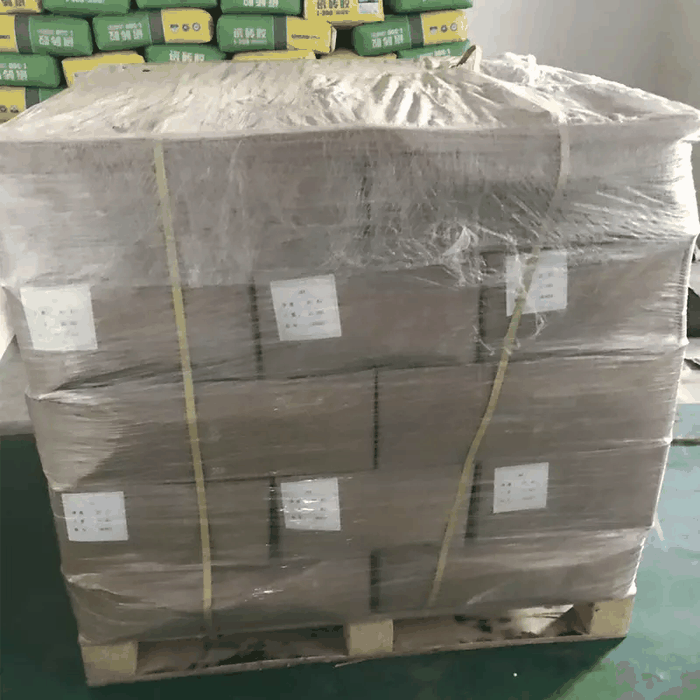 Direct Blue 6 98%View Details
Direct Blue 6 98%View Details
2602-46-2 -
 Direct Blue 6 CAS 2602-46-2View Details
Direct Blue 6 CAS 2602-46-2View Details
2602-46-2 -
 Direct Blue 6 CAS 2602-46-2View Details
Direct Blue 6 CAS 2602-46-2View Details
2602-46-2 -
 DIRECT BLUE 6 (C.I. 22610) CASView Details
DIRECT BLUE 6 (C.I. 22610) CASView Details -
 CALCOMINE BLUE 2 B CASView Details
CALCOMINE BLUE 2 B CASView Details -
 ESSEX DIRECT BLUE 2 B CONC. CAS 2602-46-2View Details
ESSEX DIRECT BLUE 2 B CONC. CAS 2602-46-2View Details
2602-46-2 -
 BENZO BLUE 2 B CASView Details
BENZO BLUE 2 B CASView Details
